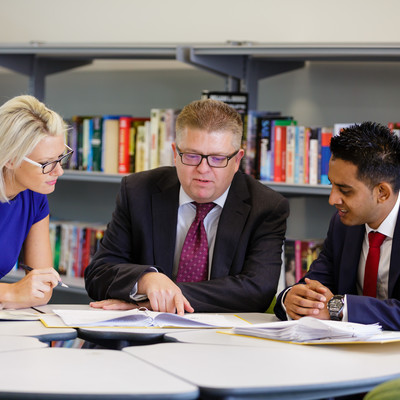Maths
Why study maths a level?
“Examining the jobs market and comparing earnings with subjects studied, it finds that Mathematics is the only A-level subject that adds to earnings – up to 10 per cent – even when the employer is unaware of the person’s qualifications. Graduates who have studied Mathematics earn more than those who have not, even when the job has nothing to do with Maths.” Institute of Education, University of London
Course content
| Year 1 | Applied Mathematics | |
| Pure Mathematics | Mechanics | Statistics |
|
|
|
Year 2
The content for the second year course is the same topics as the first year course but going more in depth. There are two additional topics:
| Pure Mathematics | Mechanics |
| Numerical methods | Moments |
Assessment criteria
The first A-Level paper will reassess all the work from year 1.
| AS level mathematics | |
| Paper 1: Pure mathematics 62.5%, 2 hours, 100 marks | AS level pure mathematics content assessed |
| Paper 2: Mechanics and Statistics 37.5%, 1 hour 15 minutes, 60 marks | AS applied content assessed Section A: Mechanics (30 marks) Section B: Statistics (30 marks) |
| A level mathematics | |
| Paper 1: Pure mathematics |
A level pure mathematics content can be assessed on either paper |
| Paper 2: Pure mathematics | |
| Paper 3: Mechanics and Statistics | AS applied content assessed Section A: Mechanics (50 marks) Section B: Statistics (50 marks) |
Future careers linked to this subject:
Software development and computer games design, Engineering, Pharmaceutical and medical sciences or Financial services.
Entry requirement
Preferably Grade 7 or above. Those with Grade 6 may be offered a trial.
Examination board
Edexcel
TEACHER TO CONTACT:
Mr Wilson



















